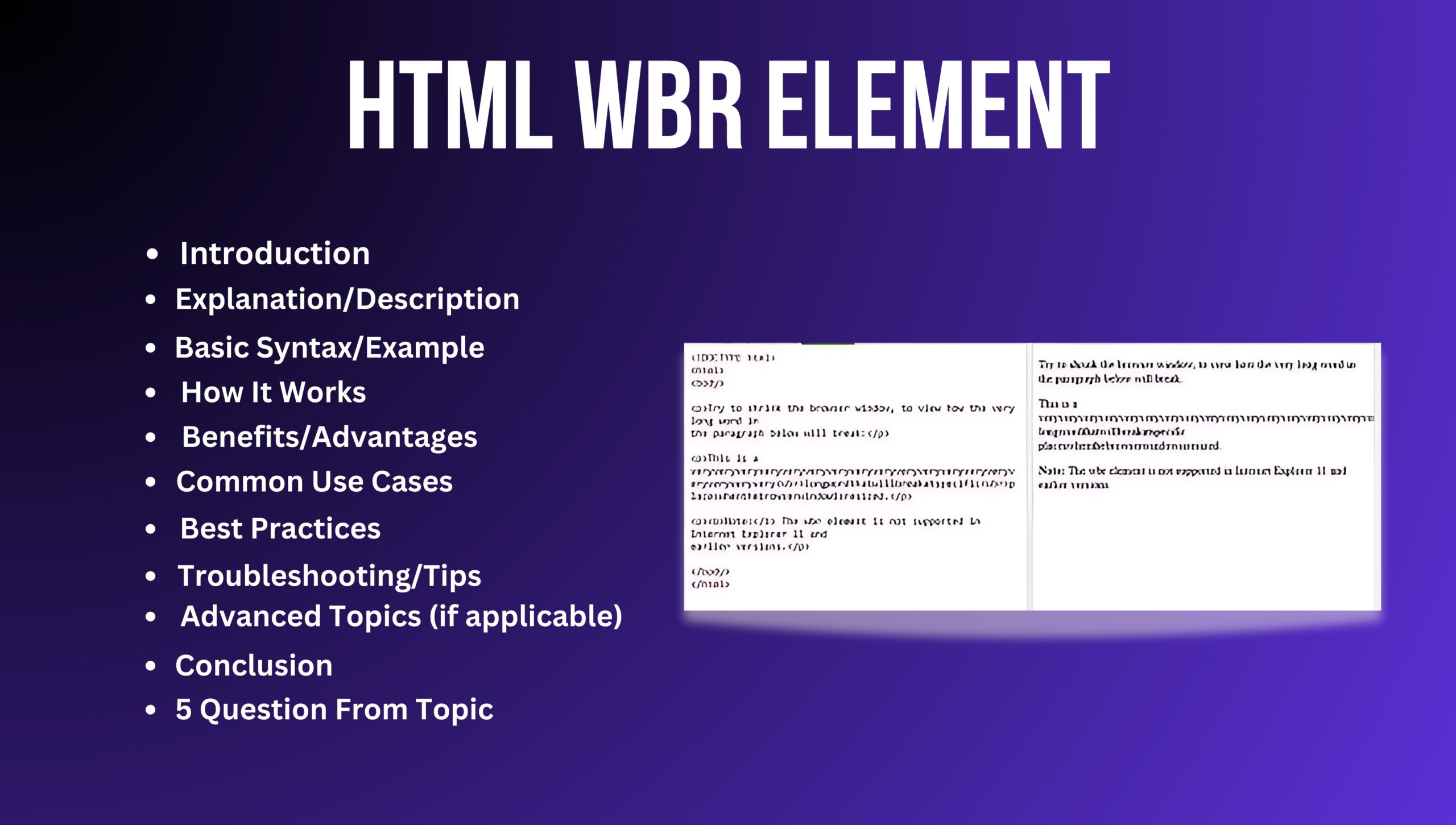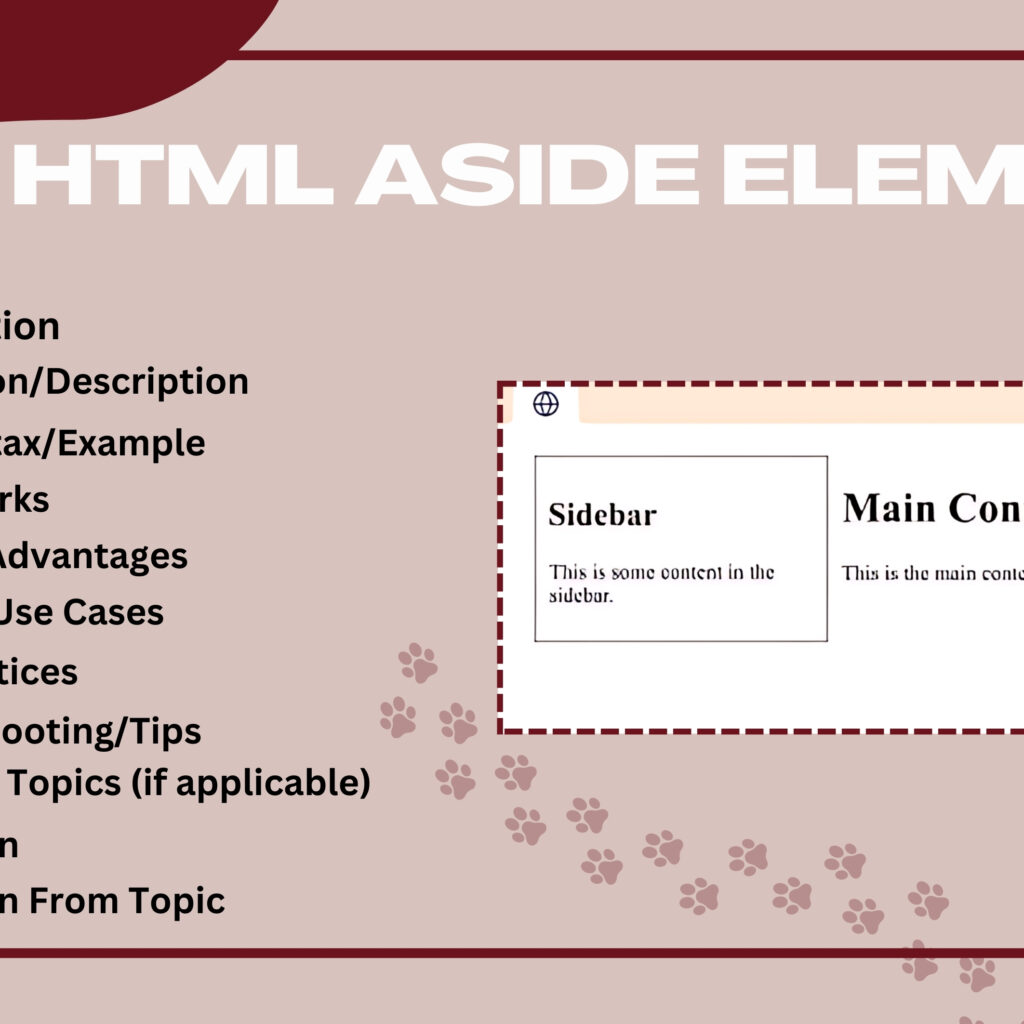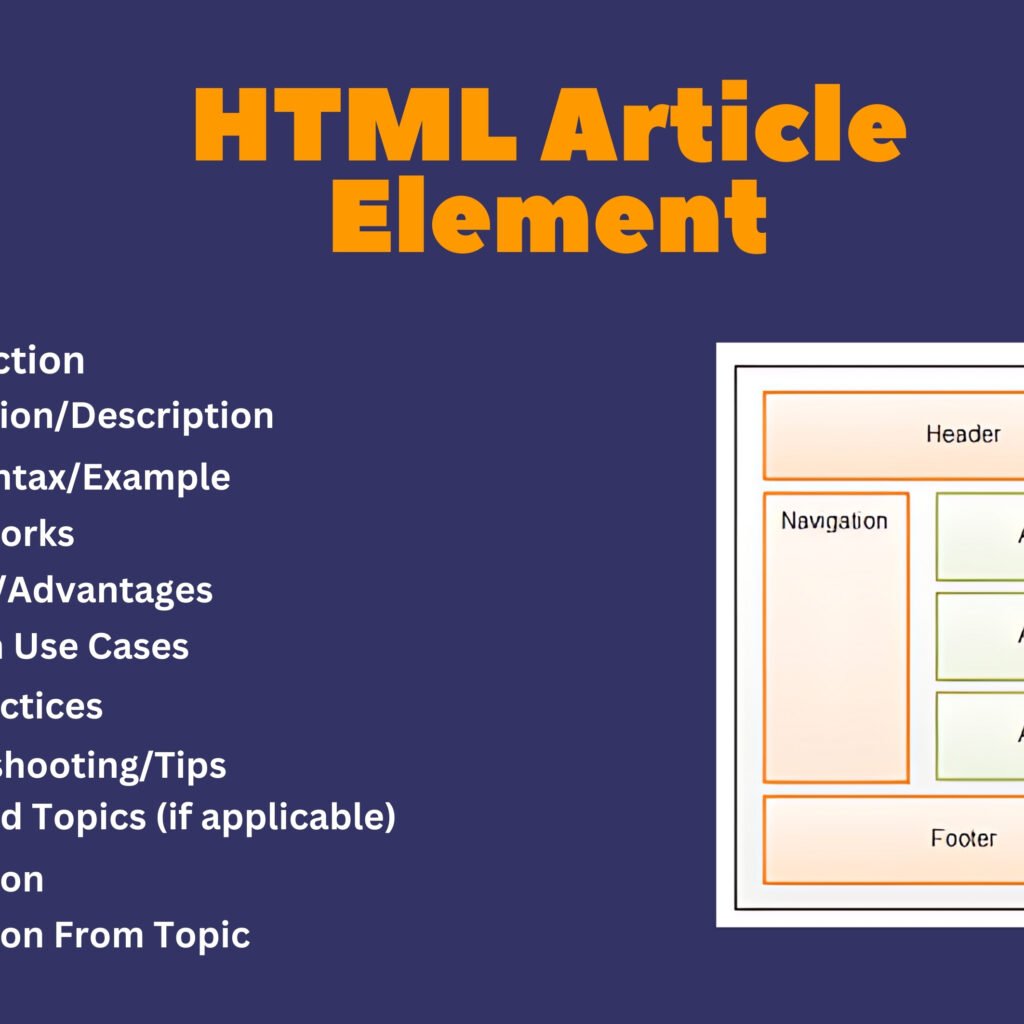
Introduction
The HTML <wbr> (Word Break Opportunity) element suggests possible line break points within text. It is used to improve text wrapping and avoid awkward or undesirable breaks in long words or URLs.
Explanation/Description
The <wbr> element provides hints to the browser about where it might be acceptable to break a line. It does not enforce a break but allows the browser to use it if needed. This is particularly useful for long words, URLs, or any content that might not fit well within the container’s width.
Basic Syntax/Example
<!-- Example of using <wbr> to suggest line breaks -->
<p>
Here is a long URL: https://www.example.com/some-really-long-url-that-needs-to-be-wrapped<wbr>properly
</p>
<p>
Long word example: supercalifragilistic<wbr>expialidocious
</p>
How It Works
- Placement: Insert
<wbr>where you want to suggest a potential line break. - Browser Behavior: Browsers will only use the break opportunity if the content needs to wrap to fit within the container. Otherwise, the content will render without a break.
Benefits/Advantages
- Improved Readability: Helps in managing long words and URLs, preventing overflow or awkward text wrapping.
- Flexibility: Allows the browser to choose the best break point, ensuring better text presentation.
- User Experience: Enhances readability and prevents horizontal scrolling for users on smaller screens or devices.
Common Use Cases
- Breaking long URLs that would otherwise cause horizontal scrolling.
- Handling long words in text-heavy documents or user interfaces.
- Improving text layout in responsive web designs where space is limited.
Best Practices
- Use Sparingly: Only use
<wbr>where necessary to avoid excessive or unnecessary line break opportunities. - Ensure Readability: Place
<wbr>in logical positions to maintain readability and flow of text. - Test on Different Devices: Verify that the line break opportunities work well across various screen sizes and devices.
- Combine with CSS: Use CSS properties like
word-wrapandoverflowfor additional control over text wrapping and overflow.
Troubleshooting/Tips
- Check Browser Behavior: Test how different browsers handle
<wbr>and ensure consistent behavior. - Optimize Placement: Place
<wbr>in appropriate spots to avoid awkward breaks or disjointed text. - Verify Text Flow: Ensure that
<wbr>enhances text flow and readability without disrupting content. - Avoid Overuse: Excessive use of
<wbr>can lead to fragmented text; use it judiciously.
Advanced Topics (if applicable)
- Combining
<wbr>with CSShyphensproperty for more advanced text wrapping and hyphenation. - Implementing dynamic line break strategies with JavaScript for responsive designs.
- Using
<wbr>in conjunction with other text formatting elements to improve layout in complex designs.
Conclusion
The HTML <wbr> element is a useful tool for suggesting line break opportunities within text, helping to manage long words and URLs effectively. By using <wbr>, developers can enhance text readability and improve the overall user experience.
Five Questions
- What is the purpose of the HTML
<wbr>element? - How does the
<wbr>element affect text wrapping and line breaks? - What are some common use cases for using
<wbr>in web design? - How can you ensure that
<wbr>improves text readability and layout? - What are some best practices for using
<wbr>effectively?




